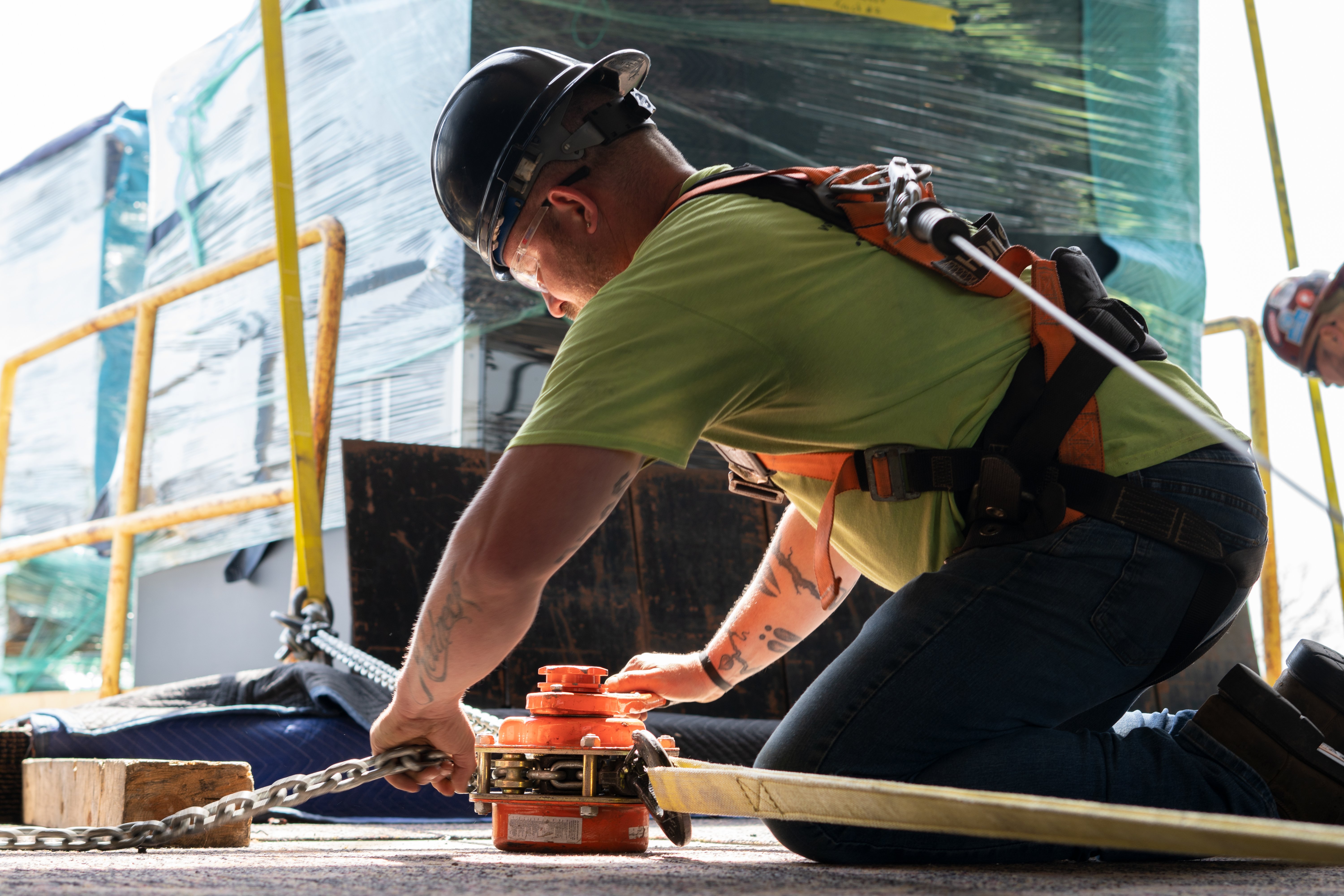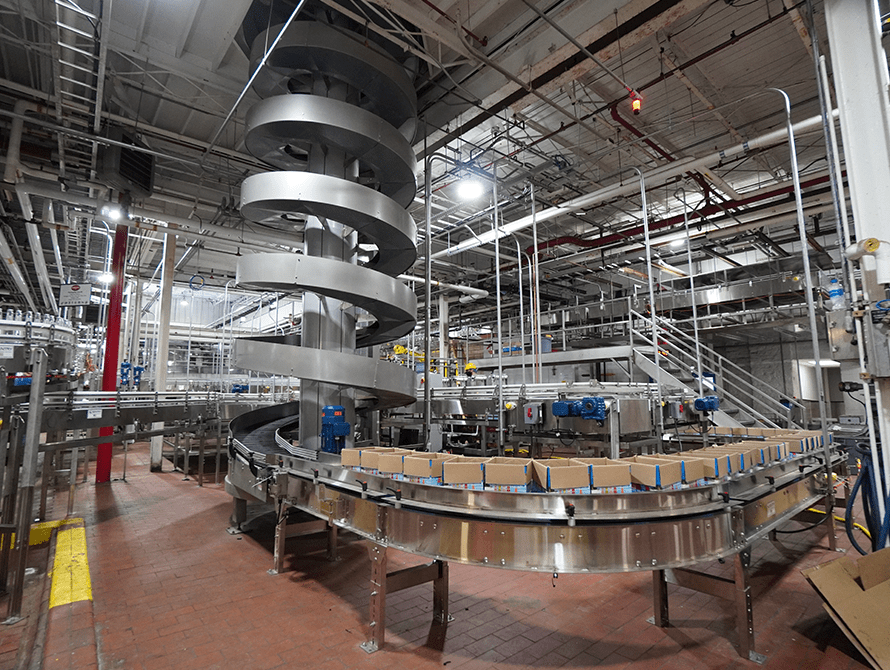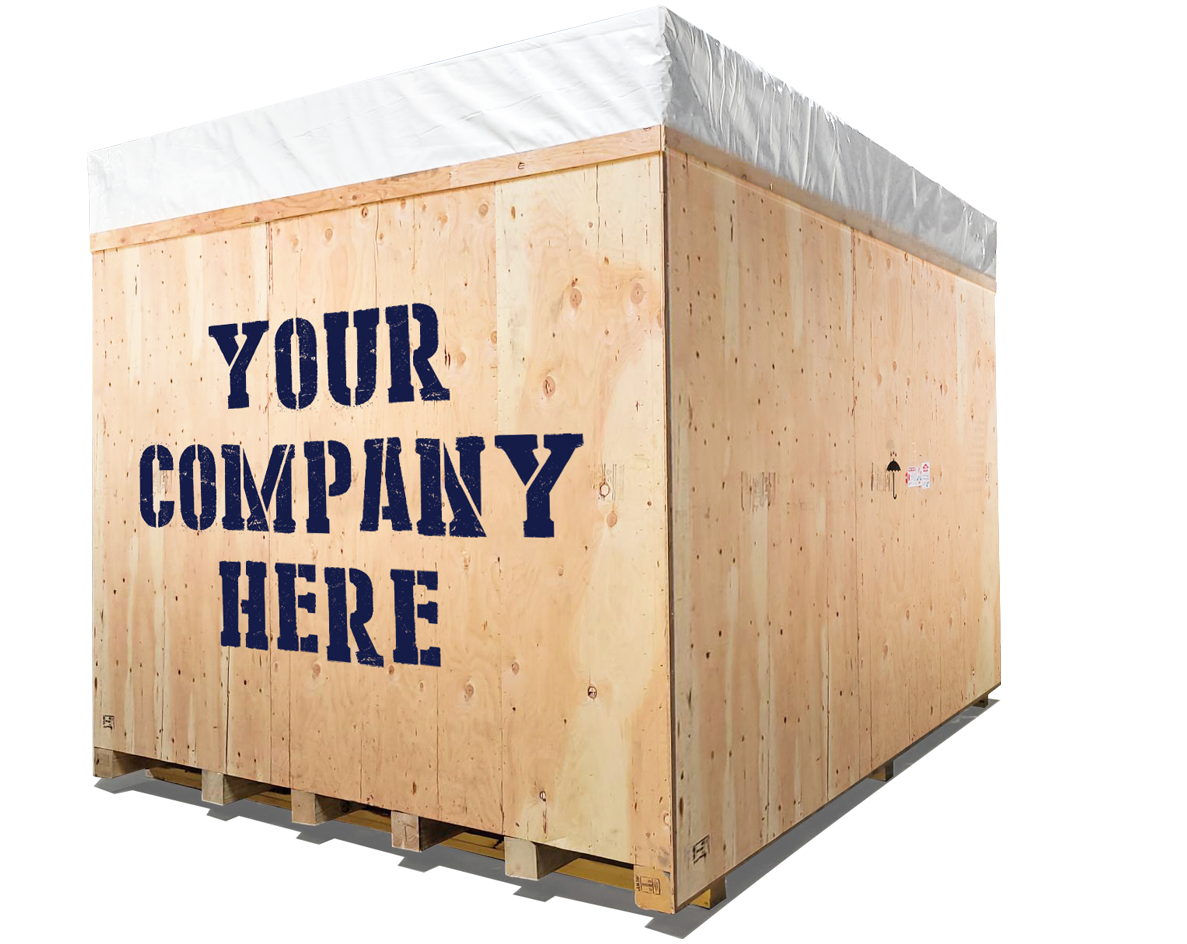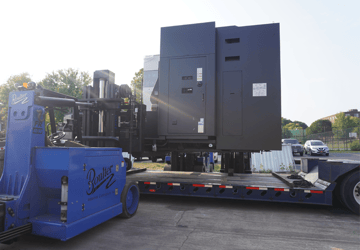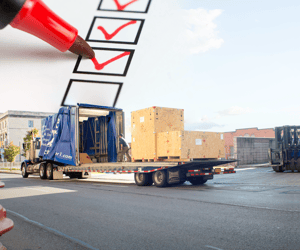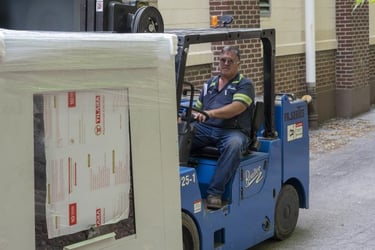Common Mistakes in Machinery Packaging and How to Fix Them
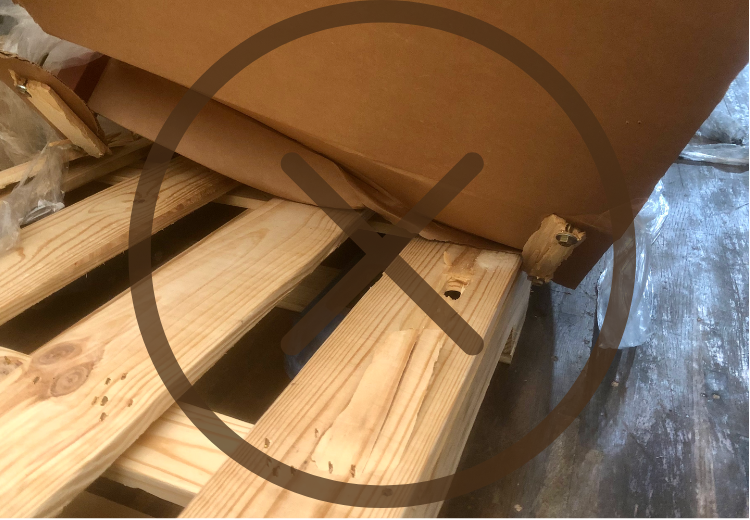
Transporting machinery is a complex task that requires precise attention to packaging details. Even minor oversights can result in damage, delays, and additional costs. Discover the common machinery packaging mistakes and how to fix them for safer machinery transportation.
Inadequate Securement and Cushioning
Machinery often suffers damage because of inadequate securement and cushioning. This can cause the equipment to shift or vibrate, leading to scratches, dents, or more severe damage.
Fix: Proper securement is achieved by using quality cushioning materials like cushioning wraps, foam padding, floating bases, and strong packaging to prevent movement of freight in packaging. Firmly securing the equipment in the crate using straps or anchoring systems will ensure there’s enough cushioning to absorb shocks without putting undue stress on the machinery.
Incorrect Crate Size or Durability
Choosing a crate that doesn’t fit the machinery properly or isn’t durable enough can result in damage. An oversized crate can allow the machinery to move, while an undersized or weak crate may not support the machinery’s weight or withstand the stress of transit.
Fix: All crates are not created the same. Customizing the crate size and material is essential for optimal protection. The crate should accommodate the machinery snugly with enough space for protective cushioning. The material of the crate should be chosen based on the machinery’s weight and the nature of the transit, ensuring it can withstand external pressures and stacking if necessary.
Neglecting Moisture Protection
When items travel overseas, they can be exposed to moisture and salt that can lead to rust, corrosion, or electrical damage, especially during long transits.
Fix: Utilize moisture-resistant barriers, desiccant packs, thermal insulation, or specialized packaging for specific environmental conditions to safeguard your goods from potential damage.
Improper Labeling
Machinery that is improperly labeled is at risk of being mishandled or misrouted. This can lead to delays, losses, and even damage, especially if the handlers are unaware of the specific requirements for transporting the equipment.
Fix: Labels should be clear, durable, and present on all sides of the crate. This is crucial because machinery crates often go through various handling stages where different sides may become the top or the front at different points.
It’s not just what’s on the label, but also what the label is made of. The labels should be made of weather-resistant and tear-resistant materials. They should be securely attached to the crate to ensure they do not peel off or become unreadable during transit.
The content of the labels is equally important. They should include:
- Handling Instructions: This is vital information for those handling the crate and should cover aspects such as whether the crate contains fragile items, if it needs to be kept upright, or if there are specific lifting points.
- Weight Specifications: Clearly stating the weight of the crate helps in choosing the appropriate equipment for moving it, preventing accidents and damage.
- Adherence to International Symbols and Guidelines: Use internationally recognized symbols for handling instructions. These symbols transcend language barriers and are universally understood. For example, symbols indicating 'Fragile', 'Handle with care', or 'Do not stack' are universally recognized and should be used where appropriate.
- Additional Information: Depending on the nature of the machinery, labels might also need to contain information about hazardous materials, if any, inside the crate. This is especially important for customs clearance in international shipments.
Wrong or Missing Documentation
Proper documentation is the backbone of a smooth shipping process. If shipping documents are inaccurate or incomplete, it can cause significant shipping delays and additional costs. This includes errors in shipping forms, customs documents, or certificates of origin. For international shipments, it’s crucial to be well-informed about the specific requirements of the destination country to ensure compliance.
Fix: Documentation should ensure that all required forms are complete, accurate, and attached to the shipment. For export shipping, specific documents like a Commercial Invoice, Bill of Lading, and Packing List for customs clearance are essential to ensure a smooth and compliant transit process. Depending on the machinery and destination, other documents like an Export License, Certificate of Origin, Export Declaration, ISPM 15 Certification, Dangerous Goods Declaration, and Inspections Certificates may also be required.
Effective packaging is a critical component in the safe transport of machinery. By addressing these common mistakes – securing and cushioning the machinery properly, choosing the right crate, protecting against moisture, labeling correctly, and managing documentation efficiently – the risk of damage and delays can be significantly reduced.
Each packaging step is important to ensure the machinery arrives in optimal condition at its destination. The goal is to balance protection with practicality, ensuring that while the machinery is well-protected, it is also packaged in a way that facilitates easy handling and compliance with transport regulations.
In the end, the effort put into proper packaging is a worthwhile investment, protecting not just the machinery itself, but also the time, money, and resources involved in its transportation. With careful planning and attention to these key areas, the risks associated with transporting machinery can be minimized, leading to a smoother, more reliable delivery process.

Ryan joined the Boulter team in 2016 as a field employee before transitioning to Packaging Shop Supervisor and now Project Manager. With his diverse background in the field and the crating and packaging shop, he is well-equipped to handle the complexities and challenges that come with managing projects of varying scales and requirements.

